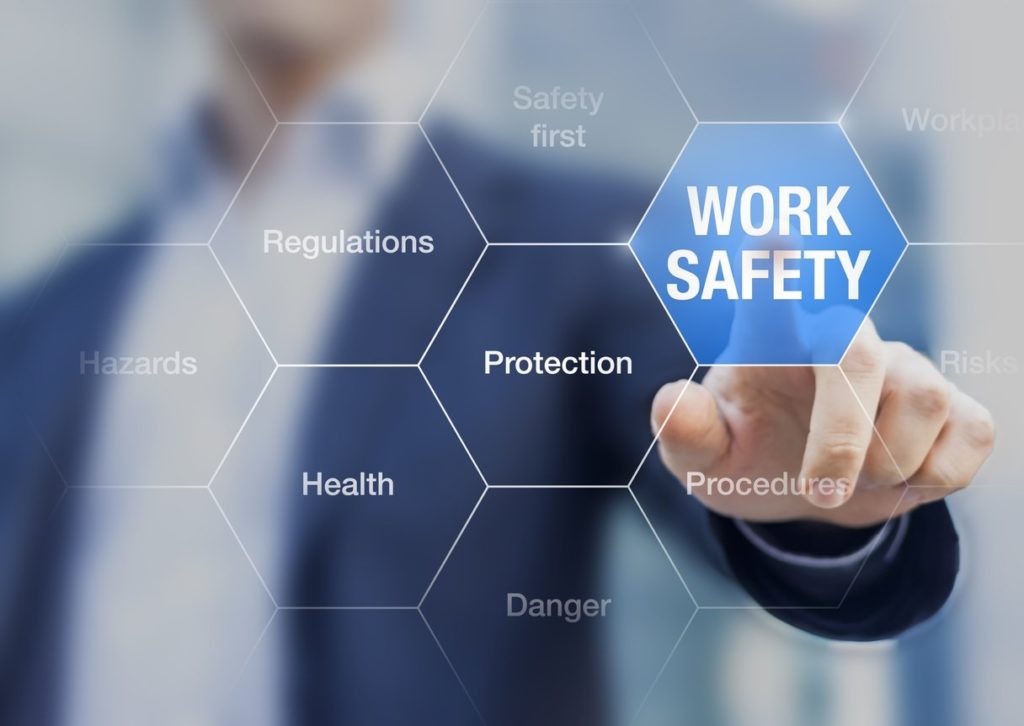In today’s fast-paced and competitive work environment, ensuring the safety of employees should be a top priority for every organization. However, workplace hazards can still persist, posing serious risks to the well-being and productivity of employees.
That’s why it is crucial for employees to feel empowered to voice their concerns and report any potential hazards they encounter.
In this discussion, we will explore the importance of reporting workplace hazards, the various types of hazards that can be encountered, how to effectively report them, and the measures that can be taken to ensure the anonymity and protection of those who come forward.
By shedding light on this topic, we hope to foster a culture of safety where every employee feels comfortable and confident in speaking up, ultimately creating a safer and more productive work environment.
The Importance of Reporting Hazards
Reporting workplace hazards is a crucial aspect of maintaining a safe and healthy working environment for all employees. A strong workplace culture that promotes open communication and values employee empowerment is essential for effective hazard reporting.
When employees feel empowered to voice their concerns and report potential hazards, it creates a sense of belonging and ownership in the workplace. This fosters a culture where everyone takes responsibility for safety, leading to proactive hazard identification and prevention.
By reporting hazards promptly, employees can help prevent accidents, injuries, and illnesses. It also allows management to address and resolve hazards promptly, minimizing risks and ensuring a safer work environment.
Ultimately, a workplace culture that encourages hazard reporting and empowers employees to speak up contributes to the overall well-being and satisfaction of all individuals in the organization.
Recognizing Workplace Hazards
To effectively create a safe and healthy working environment, it is imperative for employees to be knowledgeable in recognizing workplace hazards. By identifying common hazards and promoting a culture of safety, employees can contribute to a safer workplace for everyone.
Here are four key ways employees can recognize workplace hazards:
1. **Conduct regular risk assessments**: Regularly assess the work area for potential hazards, such as exposed wiring, slippery floors, or faulty machinery.
2. **Stay informed about safety protocols**: Be aware of safety regulations and guidelines specific to your industry. Stay up-to-date with training sessions and communicate any concerns or questions to supervisors.
3. **Encourage open communication**: Foster an environment where employees feel comfortable reporting hazards and near misses. Encourage coworkers to share their observations and experiences to enhance safety awareness.
4. **Stay vigilant**: Be proactive in identifying potential hazards. Pay attention to warning signs, such as strange smells, unusual noises, or malfunctioning equipment.
How to Report Workplace Hazards
Employees should be familiar with the proper procedures for reporting workplace hazards in order to ensure a prompt and effective response.
The reporting process typically begins with promptly notifying a supervisor or manager about the hazard.
It is important to provide detailed information about the hazard, including its location, nature, and potential risks.
To ensure accuracy and clarity, it is recommended to document the hazard by taking photographs or videos if possible.
Additionally, employees should complete any required incident or hazard reporting forms provided by their organization.
It is crucial to report hazards as soon as they are identified to prevent accidents and promote a safe working environment.
Ensuring Anonymity and Protection for Reporters
Maintaining the confidentiality and safeguarding the identities of individuals reporting workplace hazards is essential for fostering a culture of trust and ensuring their protection. To ensure anonymity and protection for reporters, organizations should implement the following measures:
1. **Whistleblower Policies**: Companies should have clear and comprehensive policies in place to protect whistleblowers from retaliation. These policies should outline the steps for reporting hazards, the protection measures in place, and the consequences for any form of retaliation.
2. **Confidential Reporting Channels**: Establishing confidential reporting channels, such as dedicated hotlines or online platforms, allows employees to report hazards anonymously. This ensures that their identities remain protected throughout the reporting process.
3. **Independent Investigation**: Organizations should conduct impartial and independent investigations into reported hazards. This helps maintain the trust and confidence of the reporters by demonstrating that their concerns are taken seriously and investigated thoroughly.
4. **Legal Protections**: Companies should ensure that there are legal protections in place for whistleblowers. This can include protection against retaliation and potential legal consequences for those who violate whistleblower rights.
Conclusion
In conclusion, reporting workplace hazards is crucial for ensuring the safety and well-being of employees. By recognizing and promptly reporting hazards, organizations can take necessary measures to address them and prevent accidents or injuries.
It is important for employees to be aware of the reporting process and feel confident in reporting hazards without fear of retaliation. Creating a culture that values safety and provides anonymity and protection for reporters is essential for maintaining a safe work environment.

